Headaches and mental symptoms such as anxiety, stress, and fatigue are common concerns that can significantly impact daily life. Many factors contribute to these conditions, and understanding them is the first step toward effective prevention and relief. In this post, we explore four common triggers—poor posture, autumn anxiety, skipping regular meals, and cold weather—that can lead to headaches and mental symptoms. Drawing on both traditional wisdom and modern research, we provide practical strategies to help you manage these triggers and boost overall well-being.
With growing interest in natural health remedies and stress management, many are turning to evidence-based practices and lifestyle adjustments. Whether you are searching for headache relief, improved mental health, or simply a way to prevent these issues, this article is designed to help you understand the underlying causes and provide actionable tips that fit your lifestyle.
Understanding the Impact of Poor Posture on Headaches and Mental Health
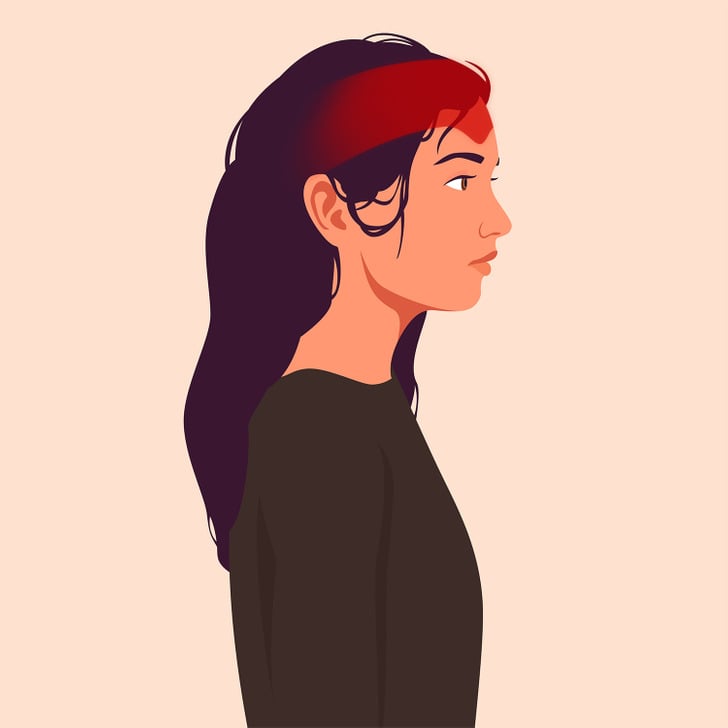
Poor posture is more than just a matter of appearance—it has a direct impact on physical and mental health. When you slouch or maintain an improper posture for long periods, the strain on your neck, shoulders, and back can lead to tension headaches and muscle pain. Over time, these physical symptoms may contribute to mental fatigue, increased stress levels, and even feelings of anxiety.
How Poor Posture Contributes to Headaches
- Muscle Tension: Maintaining an incorrect posture places extra stress on your muscles. Over time, this can lead to chronic tension headaches. The muscles around the neck and shoulders are especially vulnerable, and when they become strained, the resulting pain can radiate to the head.
- Nerve Compression: Poor posture can also cause compression of nerves in the upper back and neck. This nerve compression can trigger headaches, as well as other symptoms like tingling or numbness in the arms.
- Reduced Blood Flow: Slouching restricts blood flow to the brain. Reduced oxygen and nutrient supply can result in headaches and decreased mental clarity.
Research from reputable sources such as Healthline explains that correcting posture not only eases physical pain but also improves overall energy levels and mental health. Simple adjustments, like sitting with your shoulders back and taking regular breaks to stretch, can make a significant difference. Investing in ergonomic furniture and incorporating posture exercises into your daily routine are additional strategies that can provide long-term benefits.
Autumn Anxiety: How Seasonal Changes Affect Your Mental Well-being
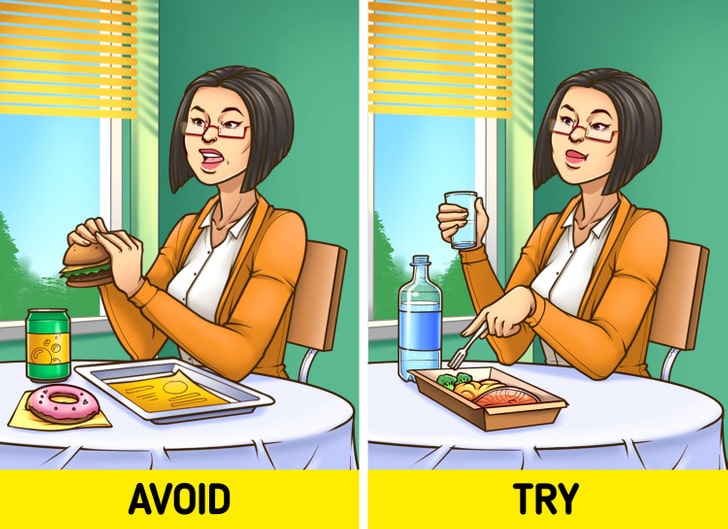
Autumn is a season of change—a time when days become shorter and temperatures drop. While many people embrace the beauty of fall, others may experience increased anxiety and mood fluctuations. This phenomenon, sometimes referred to as autumn anxiety or seasonal affective disorder (SAD), is linked to the natural changes in daylight and weather conditions.
What Causes Autumn Anxiety?
- Reduced Sunlight Exposure: As the days shorten, there is less natural sunlight available. Sunlight is a natural mood booster, and its absence can lead to a drop in serotonin levels, a neurotransmitter responsible for regulating mood.
- Temperature Changes: Cooler temperatures can affect the body’s metabolism and energy levels. The sudden drop in temperature may contribute to feelings of lethargy and anxiety.
- Lifestyle Disruptions: The transition from summer to autumn often brings changes in routine. Back-to-school schedules, seasonal work pressures, and increased indoor activities can all contribute to heightened stress levels.
According to Mayo Clinic, seasonal affective disorder is a well-recognized condition that affects millions of people each year. Incorporating light therapy, maintaining a consistent sleep schedule, and staying physically active can help alleviate symptoms of autumn anxiety. Additionally, mindfulness and meditation practices are effective in managing stress during seasonal transitions.
The Consequences of Skipping Regular Meals on Your Brain and Body
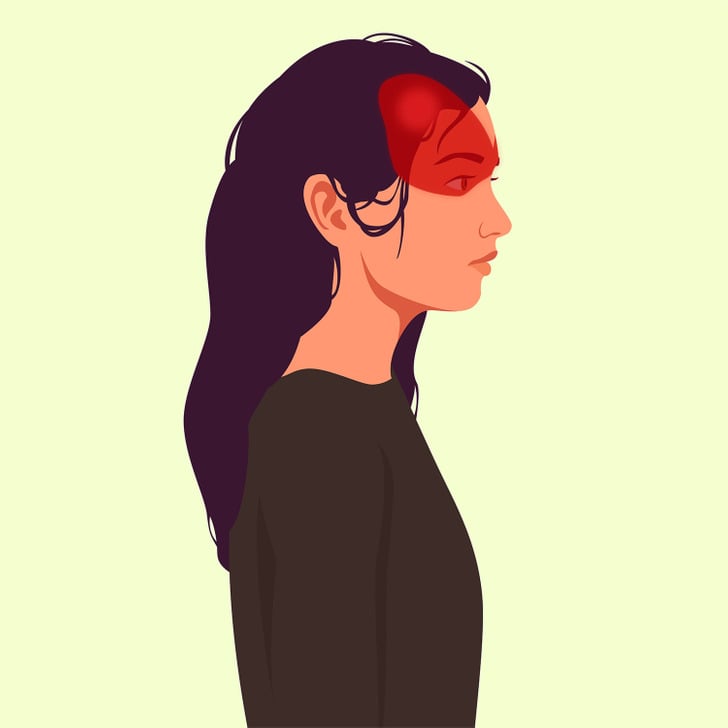
Eating irregularly or skipping meals may seem harmless at first, but this habit can lead to significant disruptions in both physical and mental health. Your body depends on a steady supply of nutrients to function optimally. When meal patterns become irregular, it can trigger a cascade of effects that lead to headaches, mood swings, and a lack of concentration.
How Irregular Eating Patterns Trigger Headaches and Mental Symptoms
- Blood Sugar Imbalances: When you skip meals, your blood sugar levels can drop dramatically. Low blood sugar, or hypoglycemia, is a well-known trigger for headaches and can also cause irritability and confusion.
- Nutrient Deficiency: Regular meals ensure that your body receives essential vitamins and minerals. Missing meals may lead to deficiencies that impact brain function and overall mood. For instance, low levels of magnesium and B vitamins are linked to increased stress and anxiety.
- Metabolic Stress: Your metabolism relies on a consistent intake of food. Irregular eating can disrupt metabolic processes, causing the body to release stress hormones such as cortisol. Elevated cortisol levels are associated with both headaches and mental health issues like anxiety and depression.
For more detailed insights into the importance of regular meals and balanced nutrition, consider reading articles on Healthline Nutrition and WebMD. Incorporating structured meal plans, even if it means planning ahead with healthy snacks, can stabilize blood sugar levels and improve overall brain function. Nutrition experts recommend setting consistent meal times and choosing nutrient-dense foods to maintain energy and mental clarity throughout the day.
Cold Weather and Its Role in Triggering Headaches and Mental Symptoms

Cold weather is often associated with festive cheer and seasonal beauty, but it can also be a significant trigger for headaches and mental discomfort. The change in temperature and the physical stress of keeping warm can have a noticeable impact on your body and mind.
Why Cold Weather Can Trigger Headaches
- Vasoconstriction: Exposure to cold temperatures causes blood vessels to narrow, a process known as vasoconstriction. While this is a normal response, it can reduce blood flow to the brain, leading to headaches or even migraines.
- Increased Muscle Tension: Cold weather often leads to stiffness in the neck and shoulders. The tension that builds up in these areas can contribute to the onset of tension headaches.
- Behavioral Changes: During cold weather, people tend to spend more time indoors. This change in routine can result in decreased physical activity and increased exposure to indoor pollutants, both of which may contribute to headaches and feelings of mental sluggishness.
External resources like Mayo Clinic provide extensive information on migraine triggers and the effects of temperature changes on headache patterns. Additionally, research from WebMD highlights how lifestyle adjustments during the winter months—such as staying hydrated, dressing appropriately for the cold, and ensuring a warm indoor environment—can help mitigate these symptoms.
Practical Tips to Prevent and Ease Headaches and Mental Symptoms
Understanding the triggers is only the first step. Here are some actionable tips to help you prevent and ease the headaches and mental symptoms associated with poor posture, autumn anxiety, irregular meals, and cold weather:
Improve Your Posture
- Ergonomic Adjustments: Invest in ergonomic chairs and desks, especially if you spend long hours working at a computer. Proper furniture can significantly reduce the strain on your neck and shoulders.
- Regular Breaks: Set reminders to take short breaks every hour. Stretching and simple exercises can help alleviate muscle tension.
- Posture Exercises: Incorporate exercises like yoga or Pilates into your routine. These activities not only improve posture but also promote overall mental well-being. Learn more about posture-improving exercises on Healthline Fitness.
Manage Autumn Anxiety
- Light Therapy: Consider using a light therapy box to simulate natural sunlight, which can help boost serotonin levels during shorter days.
- Mindfulness Practices: Engage in meditation or deep-breathing exercises to reduce stress and manage anxiety. Numerous apps and online resources can guide you through mindfulness practices.
- Stay Active: Regular physical activity is a natural mood enhancer. Even a brisk walk outside on a clear day can make a difference in your mental state. For more tips on managing seasonal anxiety, visit Mayo Clinic’s SAD guide.
Stick to a Regular Eating Schedule
- Plan Your Meals: Schedule regular meal times and prepare healthy snacks in advance. This practice ensures you have nutritious options available, even on busy days.
- Balanced Diet: Focus on a diet rich in whole foods, including lean proteins, whole grains, fruits, and vegetables. A balanced diet supports both physical and mental health.
- Hydration: Don’t forget to drink water throughout the day. Dehydration can exacerbate headaches and contribute to poor concentration. Learn more about balanced nutrition on WebMD Nutrition.
Combat Cold Weather Effects
- Dress Warmly: Layer your clothing during colder months to maintain body warmth and reduce the stress of cold exposure.
- Stay Hydrated: Even in winter, keeping hydrated is essential for preventing headaches. Warm beverages like herbal teas can be soothing.
- Indoor Environment: Ensure that your living and working spaces are comfortably heated and well-ventilated. Consider using a humidifier if the air becomes too dry. For further insights on managing winter headaches, check out Mayo Clinic’s advice on migraines.
Integrating Lifestyle Changes for Long-Term Relief
Taking proactive steps to address these triggers can significantly improve your overall quality of life. By adjusting your posture, managing seasonal anxiety, maintaining a regular eating schedule, and preparing for cold weather, you can reduce the frequency and severity of headaches and mental symptoms. Here are additional strategies to integrate into your daily routine:
- Regular Exercise: Physical activity not only helps improve posture but also boosts mood and reduces stress. Even moderate exercise like walking or cycling can make a big difference.
- Mind-Body Techniques: Practices such as yoga, tai chi, and meditation offer holistic benefits. They help improve physical alignment, relieve tension, and foster mental clarity.
- Sleep Hygiene: Ensure you get adequate, high-quality sleep. A well-rested body is better equipped to handle stress and maintain proper neurological function.
- Stress Management: Develop a personalized stress management plan that may include therapy, relaxation techniques, or engaging hobbies. Reducing overall stress can mitigate many headache triggers.
The Importance of a Holistic Approach to Health
Addressing headache triggers isn’t just about targeting isolated symptoms—it’s about embracing a holistic approach to your health. A balanced lifestyle that incorporates physical, mental, and nutritional well-being can lead to lasting improvements. Whether you are managing poor posture or battling seasonal anxiety, consider each aspect of your daily routine as interconnected pieces of your overall health puzzle.
Research indicates that holistic health practices not only alleviate immediate symptoms but also contribute to long-term resilience and overall quality of life. For further reading on holistic health strategies, explore reputable sources like Healthline’s holistic health articles and WebMD’s lifestyle section.
Conclusion
Headaches and mental symptoms can significantly disrupt your daily life, but by understanding their common triggers—poor posture, autumn anxiety, irregular eating patterns, and cold weather—you can take effective measures to prevent and ease these issues. Adopting small lifestyle changes such as improving ergonomics, establishing a regular meal routine, embracing mindfulness, and preparing for seasonal weather variations can lead to substantial improvements in both physical and mental health.
By addressing these triggers holistically, you not only manage your symptoms but also enhance your overall well-being. This integrated approach aligns with modern health practices, emphasizing prevention and self-care. With the right strategies in place, you can minimize the frequency of headaches and enjoy a better quality of life.
Remember, every small step counts. Whether it’s adjusting your posture at work, ensuring you eat balanced meals at regular intervals, or incorporating light therapy during autumn, these changes collectively contribute to a healthier, more vibrant life. If headaches or mental symptoms persist, it’s important to consult with healthcare professionals who can offer tailored advice and treatment options.
Take charge of your health today by recognizing and mitigating these common triggers. Embrace the benefits of a balanced lifestyle and discover the difference that proactive care can make in reducing headaches and enhancing mental well-being.
By following these actionable tips and integrating holistic practices into your daily routine, you pave the way for a future with fewer headaches, improved mood, and overall better health. For more information on preventing headaches and managing mental symptoms, check out additional resources on Mayo Clinic and Healthline.



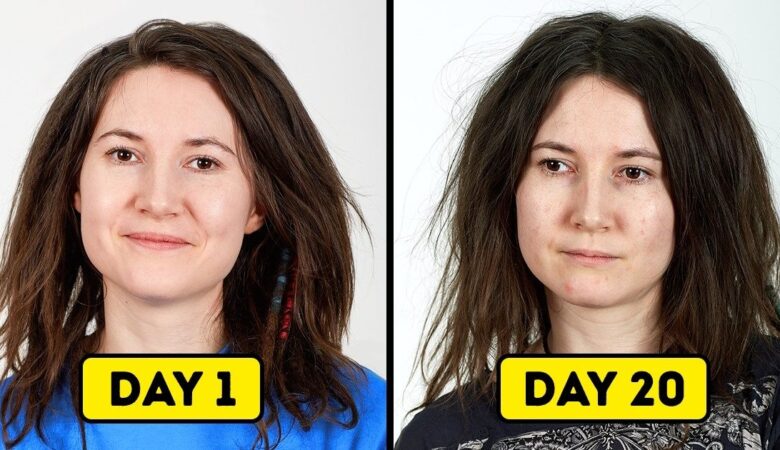
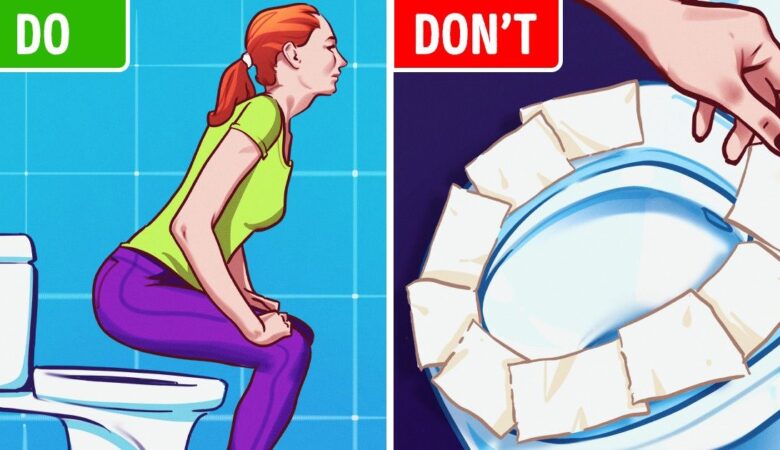



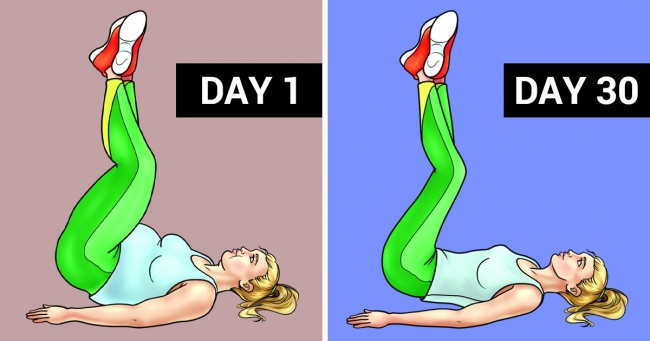
Leave a Reply